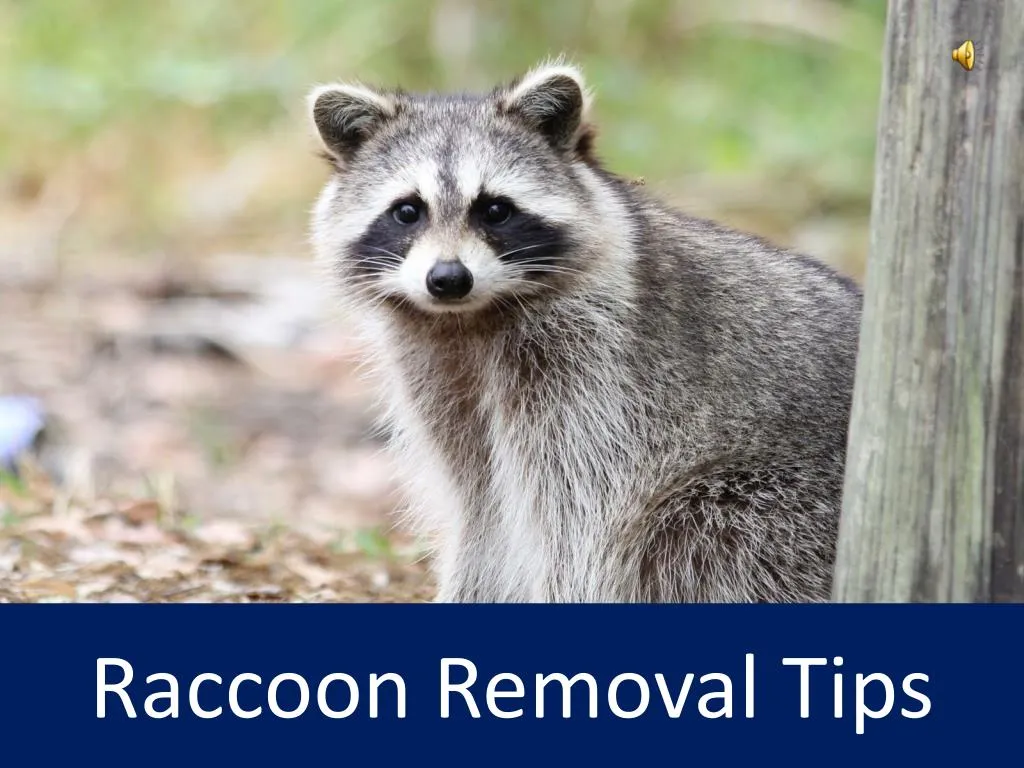
Being able to identify signs of raccoon infestations is crucial in determining whether trapping and removing these animals from your backyard is necessary. Here are some common signs that indicate raccoons may be present:
noise and activity: raccoons are active primarily at night. If you notice scratching sounds, thumps, or rustling noises coming from your attic, chimney, or crawlspace, it could be a sign of raccoons inhabiting your property.
 Damaged property: raccoons have a tendency to cause damage to property, such as tearing up shingles, ripping apart vents, or damaging gardens in search of food. If you notice any signs of property damage, it could be an indication of raccoon activity.
Damaged property: raccoons have a tendency to cause damage to property, such as tearing up shingles, ripping apart vents, or damaging gardens in search of food. If you notice any signs of property damage, it could be an indication of raccoon activity.
The first significant step in keeping raccoons away is removing attractants that will draw them in. Your next step should be to place barriers separating the raccoons from your space. You should also practice regular maintenance on those barriers to ensure they’re adequately sealed and secure. Invest in a good fence: be it for your backyard, front yard, garden, or entire property, a strong barrier fence will keep raccoons away. However, not every kind of fence will work as raccoons are excellent climbers and will make quick work of certain fences. You should avoid chainlink, wrought iron, picket, or wire fences.
Under the house or deck
Raccoons will most likely cause extensive damage to crucial parts of your home. How do raccoons get in your attic? they typically enter through the soffit or roof. Roof damage creates an opening that can allow water in and cause mold. Their claws can easily tear through shingles, roof decking, fascia and soffit. Raccoons also ruin hvac ducts and wooden structures. If they damage wiring, it can create a fire hazard. In addition, a raccoon in the attic can expose your family to many health risks.
 Issues like fleas, ticks and parasites are common with wild animals. Raccoon droppings can carry roundworms, other parasites, and a myriad of diseases.
Issues like fleas, ticks and parasites are common with wild animals. Raccoon droppings can carry roundworms, other parasites, and a myriad of diseases.
A water-damaged roof is certainly a weak roof. In this weakened state, many types of wildlife are at an advantage if they want to get inside your house. However, raccoons are the most likely suspect, as they have human-like paws that can grasp, twist, push, and pull, just like our own. This unique mammalian trait gives them a heightened advantage when it comes to ripping off wet and water damaged roof shingles. Not only do raccoons have the physical abilities to dig at wet roofs and rip away. Water damaged shingles, but they also have the physical ability to pull open disintegrated decking, vents, roof felt covering, and even ceiling boards.
Remove food sources like bird feeders and pet food and ensure that garbage is securely tucked in an animal-proof container. Put garbage out the morning of garbage pick-up rather than the night before. Check the yard before letting your dogs out at night. Make sure there are no skunks nearby that could potentially spray your pets. If a skunk is denning under your porch, place lattice up from the ground to the deck to keep the skunk out. You might also try placing an ammonia-soaked towel into the den opening. The unpleasant smell will draw the skunks out. Skunks will sometimes climb into window wells and find themselves unable to climb out.
If you see a raccoon nosing around in your neighbor’s trash, they would probably appreciate a heads-up. However, here’s a list of things your neighbor really wants you to stop doing. If you don’t have a raccoon problem yet, but you’ve seen them in your area, you’ll want to start with prevention. Keep food sources out of sight, with garbage well-secured in outdoor trash cans, using a thick lid and a weight or pressure straps on top. Also, be sure your pet’s food is kept indoors. Install a tray on bird feeder polls roughly six inches below the feed to catch any dropped seed, and be sure the feeder isn’t in a location near trees that the raccoon could use to jump from to get on the feeder.
Prevention is key - in most cases, you can solve the problem by taking away the attraction. You do not need to trap and remove the raccoon - that's just a temporary fix anyway. Garbage cans - if possible, keep garbage indoors, and put it out for the garbage men in the morning. If not, you can drill holes in the side of the can and lid, and then use standard bungee cords to strap the lids on tight. Note, this isn't a guarantee - it has to be very secure to work. Bird feeder - you can install a large squirrel.